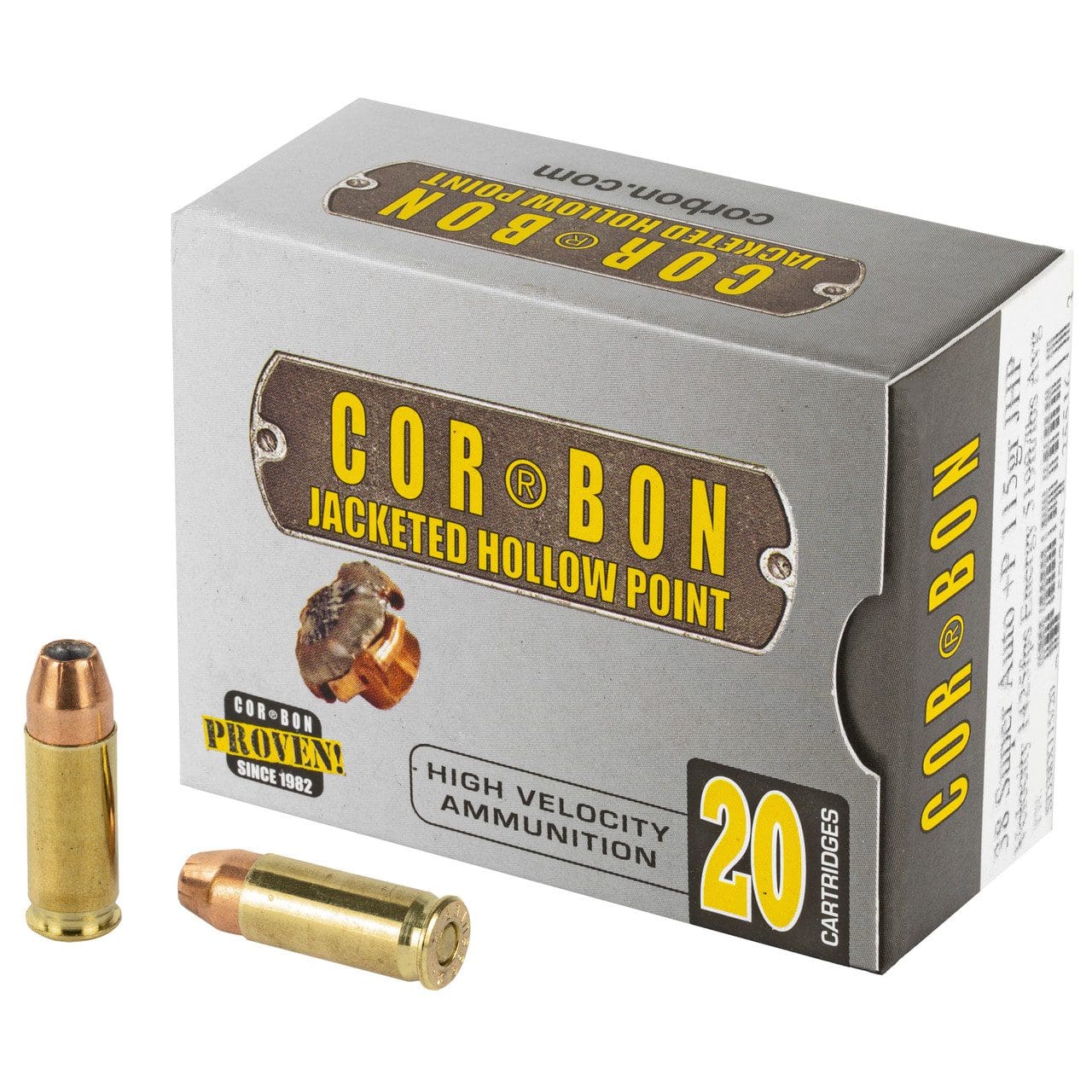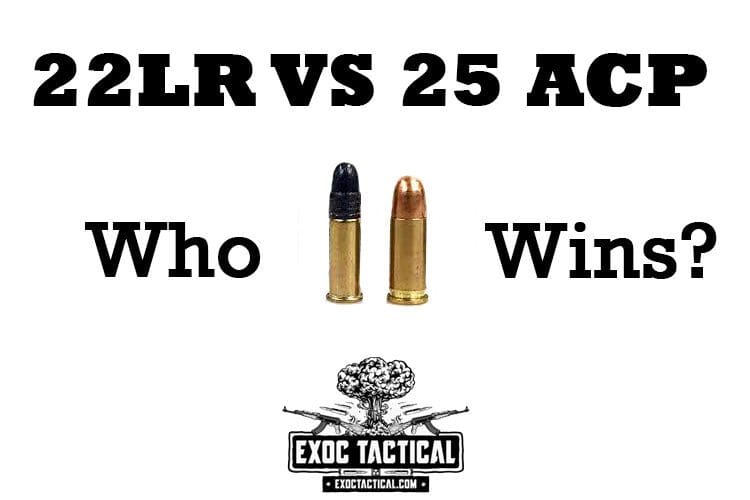There are a lot of questions when it comes to 9mm cartridges. Two of the most commonly used 9mm rounds are the Luger and the Makarov.
Though 9X18 and 9X19 rounds are both 9mm, they are not the same and are sometimes confusing to those less familiar with firearms.
In this article, we will give you a brief historical overview of these 9mm cartridges, compare the rounds and show how they differ, explore their ballistic capabilities, and then we’ll pick our winner!
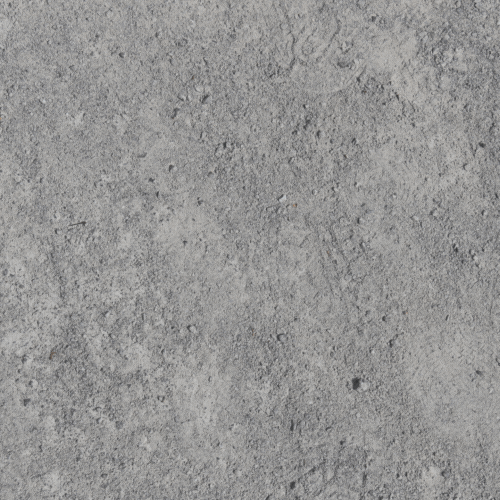

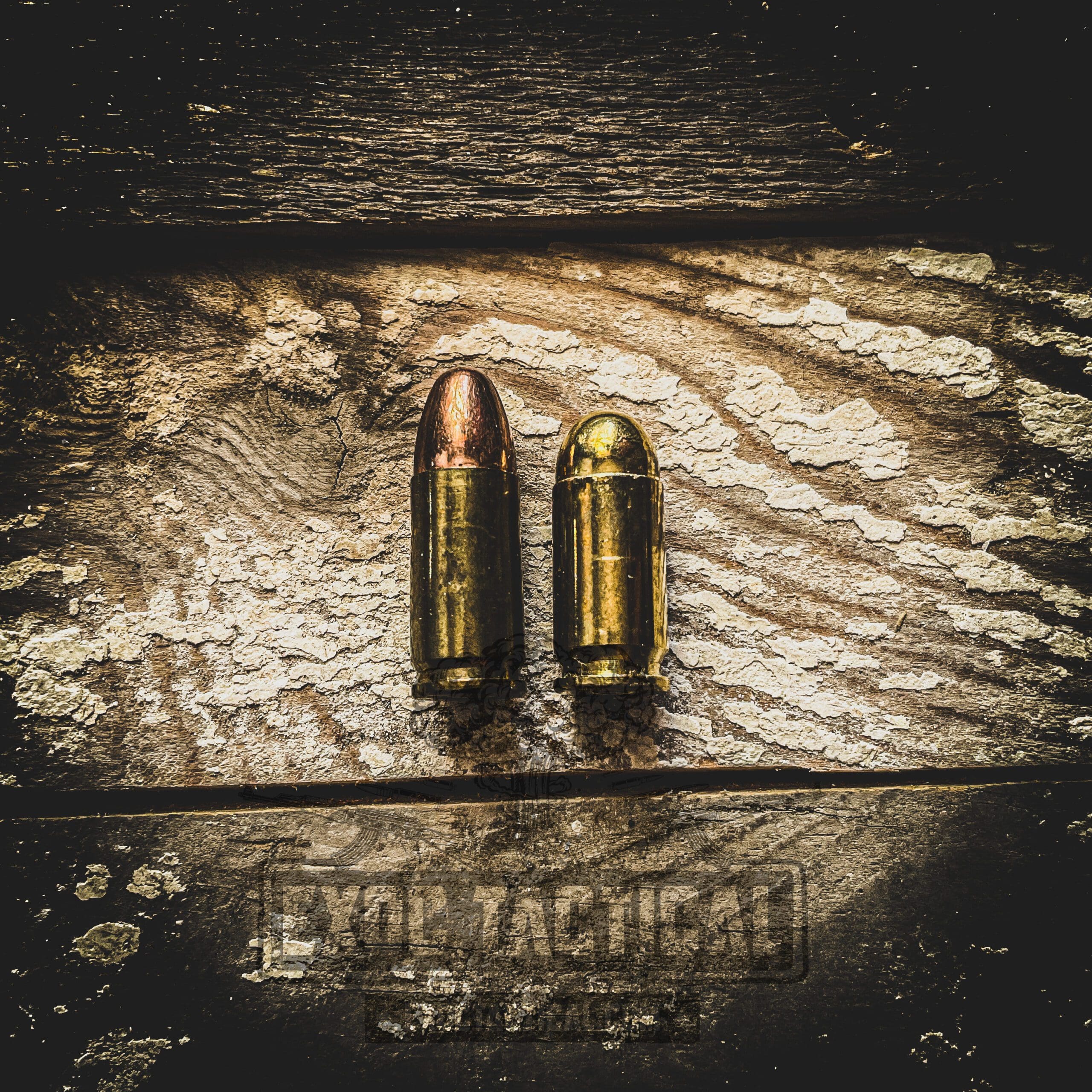

Brief History of the 9x18mm Makarov Cartridge
During the Second World War and the early Cold War, the 7.62×25mm Tokarev was the Soviet Union’s and its allies’ standard automatic pistol round.
Today, this ammunition is still in use by many of these nations. The Red Army discovered several faults with its 7.62 mm TT-33 handgun during the war, one of which was a propensity to drop its magazine while in use.
Looking for a great deal on 9×18 Makarov ammo? We found one of the best deals on Opticsplanet that sells Mesko branded 50-round boxes starting at just $28.99 here. You can even buy them in quantities of 500, 1k, 2k, and 5k if you really want to stock up on some good ammo for your Makarov!
The military sought a lighter model with a heel release rather than a button, as well as different ammunition.
The pistol’s operation was chosen using the fixed-barreled design allowed by direct blowback operation since it would be quick and inexpensive to produce, as well as accurate due to the direct blowback mechanism.


The 9×18mm round was created by Boris V. Semin in 1946, and it was supposed to be a moderately strong round producing little bolt thrust and could be fired safely in a simple direct blowback pistol design.
In 1936, Gustav Genschow & Co. of Germany developed the 9×18mm Ultra cartridge as a more powerful alternative to the 9×17mm used in the Walther PP, which is also a simple blowback design pistol.
After serving in World War II as an army major, Nikolay Fyodorovich Makarov went on to invent the Makarov PM pistol around the 9×18mm caliber in 1947.
The Soviet Army accepted both the Makarov pistol and the round, hence it became widely known as the Makarov after 1951, though this is not its formal name. In the Soviet Union, calibers were measured between the lands in the rifling and not the grooves.
As a result, 9×18mm Makarov ammunition has a larger bullet diameter than other standard 9 mm rounds (9.27 mm vs. 9.017 mm), unlike its counterpart, the 9×19mm Parabellum (9.365 mm). The 9×18mm Makarov round quickly spread across Eastern Bloc militaries after its debut in 1951.
Being a compact alternative to the 9×19 Luger cartridge, the 9×18 Makarov cartridge was a purposely-made improvement on the 7.62×25 Tokarev round.
It has a lighter recoil and is easier to control than the Tokarev, making it more accurate. The Makarov is also slightly more powerful than the 7.62×25 round.
Brief History of the 9x19mm Luger (9mm Parabellum)
The 9x19mm Parabellum, often known as the 9x19mm Luger or simply the 9mm Parabellum, is a rimless and tapered pistol cartridge.
Developed by Austrian firearm designer Georg Luger in 1901, it is considered the most popular handgun and submachine gun round due to its low cost and broad availability.
It has become common in many non-NATO nations as well.


The Luger M1913 P08 (7.65 x 21mm Parabellum) cartridge was developed from an earlier model by Luger (7.65x21mm Parabellum), which in turn was derived from a Borchardt C-93 pistol cartridge (7.65x25mm Borchardt).
Luger was able to accomplish this by shortening the length of the cartridge case used in the Borchardt pistol, allowing him to improve the toggle lock design and include a smaller, angled grip.
The Borchardt design was later modified by Luger into the Luger pistol, which was originally designed in 1898 and chambered for 7.65×21mm Parabellum. Demand from Germany for a larger caliber military sidearm prompted Luger to create the 9x19mm Parabellum round for the P08 pistol.
This was accomplished by cutting away the bottleneck shape of the 7.65x21mm Parabellum case, resulting in a taper-receiving rimless cartridge with a bullet diameter of 9 millimeters.
9×18 Makarov vs 9×19 Ruger Bullet Performance Chart
It should come as no surprise that the 9mm Luger is a more powerful round that uses a hotter powder charge in its longer casing. 9×19 Parabellum also has a much larger variety of ammo manufacturers, bullet weights, bullet types, and specialty loads.
Below is a list of some of the more common cartridges available for the 9mm Luger & 9mm Makarov. Russia does manufacture some specialty loads designed to penetrate light armor and isn’t available to purchase in the US so we won’t include them in our chart below.
If you’re interested in these special Makarov cartridges we’ve included some info here:
The 9×18mm Makarov rounds in use with the Armed Forces of the Russian Federation are designed for pistols and submachine guns. In 2003, there were several variants of 9×18mm Makarov produced for various purposes. All used clad metal as case material.
The 57-N-181S cartridge is loaded with a steel-core bullet and is designed to kill personnel at a range of up to 50 m (55 yds). The bullet has a clad metal envelope totally covering the core. The bullet’s nose is spherical with no distinguishing color of the tip. It can penetrate a 1.3 mm thick St3 steel plate or a 5 mm ordinary steel plate at 20 m (22 yds).
The RG028 cartridge is loaded with an enhanced penetration bullet and is designed to kill personnel wearing body armor. The bullet has a core of hardened steel.
The SP-7 cartridge is loaded with an enhanced stopping effect half plastic and half lead core jacketed hollow point bullet and is designed to defeat live targets. The bullet has a black tip[8].
The SP-8 cartridge is loaded with a lightweight half plastic and half lead core low-penetration jacketed hollow point bullet and is designed to engage personnelSource: Wikipedia
The 7N25 is a high-velocity cartridge loaded with a steel core bullet. It can penetrate a 5 mm thick St3 steel plate at 10 m (11 yds)
| 9MM CARTRIDGE | BULLET WEIGHT/TYPE | VELOCITY | ENERGY |
|---|---|---|---|
| 9X19 LUGER | 7.45 g (115 gr) Federal FMJ | 1,180 ft/s (360 m/s) | 355 ft⋅lbf (481 J) |
| 9X19 LUGER | 7.45 g (115 gr) Underwood JHP +P+ | 1,400 ft/s (430 m/s) | 501 ft⋅lbf (679 J) |
| 9X19 LUGER | 8.04 g (124 gr) Federal FMJ | 1,150 ft/s (350 m/s) | 364 ft⋅lbf (494 J) |
| 9X19 LUGER | 8.04 g (124 gr) Norma ENVY FMJ | 1,345 ft/s (410 m/s) | 498 ft⋅lbf (675 J) |
| 9X19 LUGER | 9.53 g (147 gr) Winchester PDX1 JHP | 1,000 ft/s (300 m/s) | 326 ft⋅lbf (442 J) |
| 9X18 MAKAROV | 95 gr (6 g) FMJ | 1,050 ft/s (319 m/s) | 231 ft⋅lbf (313 J) |
| 9X18 MAKAROV | 95 gr (6 g) FTX | 1,000 ft/s (305 m/s) | 211 ft⋅lbf (286 J) |
| 9X18 MAKAROV | 115 gr (7 g) Buffalo HC-FN +P | 1,014 ft/s (309.1 m/s) | 263 ft⋅lbf (356 J) |
Ballistics Comparison: Makarov vs Luger
As we’ve seen from the bullet performance chart, we can expect a better performance from 9×19 Ruger in a ballistic gelatin showdown.
You’re also not as limited in the round count with the advent of micro 9mm subcompact pistols that can hold 10+ rounds in their double-stack magazines.
The Sig Sauer P365 as well as others, like the Springfield Armory Hellcat, are just two great examples of what’s available on the market chambered in 9mm Luger.
We’ll check out how the Makarov round does first and then compare it to the 9mm Ruger.
Here’s a ballistics test on a gelatin block from a 9x18mm Makarov:
This test was performed using defensive Hornady 95gr XTP loads with a velocity of 885 FPS. Defensive hollowpoint ammunition will not over-penetrate like full-jacket ball ammo, as shown in the video above.
The next video shows the ballistics of the 9x19mm Luger in action: *If you’re on a mobile phone, click on the whitespace below this text.
Despite being a hollowpoint round, the 9mm Luger still has a much deeper penetration than the 9×18 Makarov.
9mm vs 9x18mm Makarov: What’s The Difference?
The 9x18mm Makarov and the 9x19mm Luger are two different types of rounds used in pistols. The 9x18mm Makarov was created by Dimitri Tokarev and is a Russian cartridge.
The 9x19mm Luger was created by Georg Luger and is a German cartridge. The Makarov round looks more like a .380 in length only chubbier and its diameter is actually larger than a 9mm Ruger which puts it somewhere in between the two rounds.
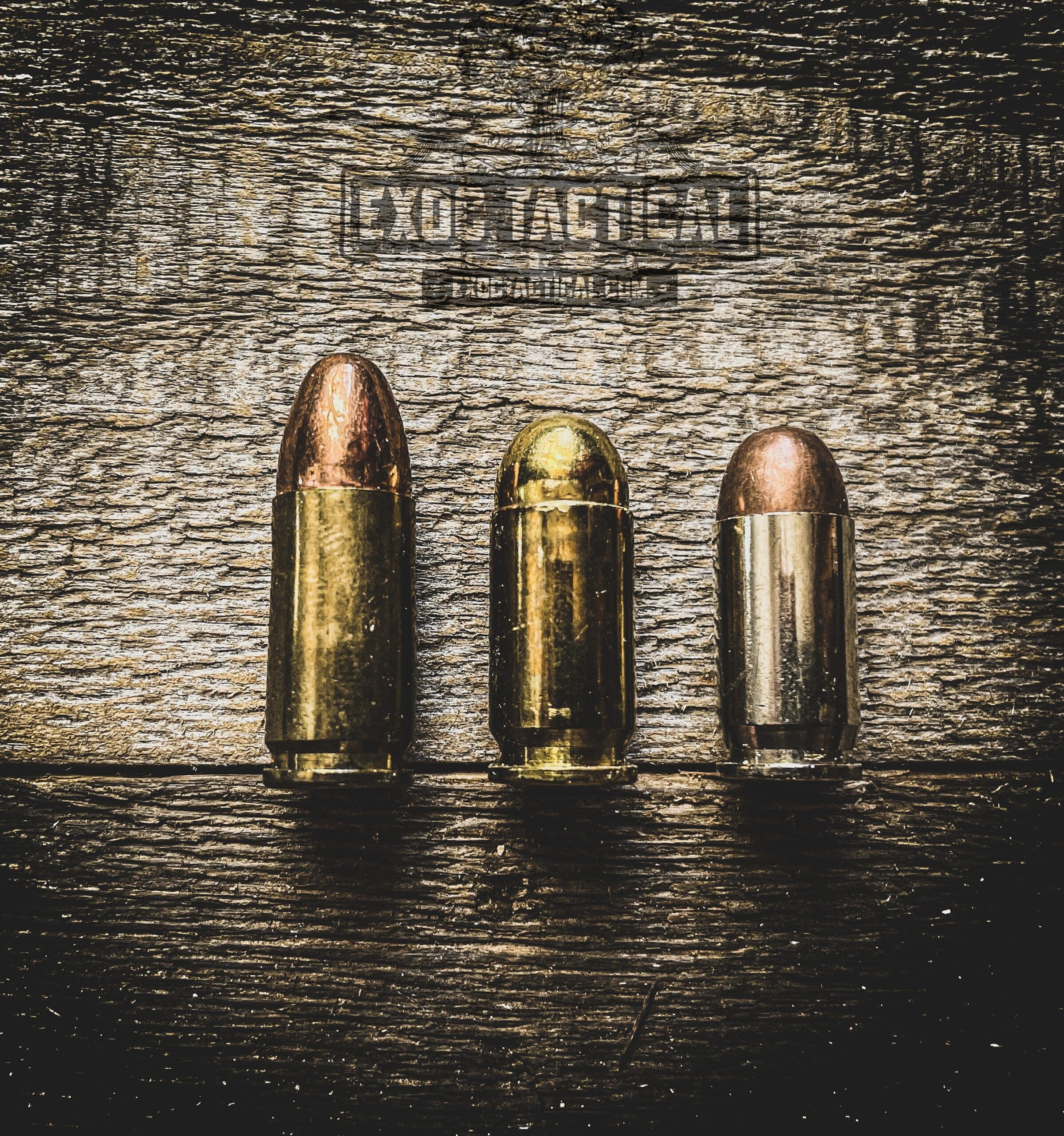

Some say the Makarov round doesn’t have much of an advantage over the .380 but does deliver a slight edge in its muzzle energy with a bit more powder charge.
Most .380 pistols are even smaller than the Makarov with an even shorter barrel but both cartridges were designed to expend their energy quickly and won’t achieve much more velocity out of a longer barrel.
The 9mm, on the other hand, loses some velocity when shot out of shorter barrels and does benefit from a velocity increase when shot out of longer barrels.
Will 9X18 Work in 9×19 and Vice Versa?
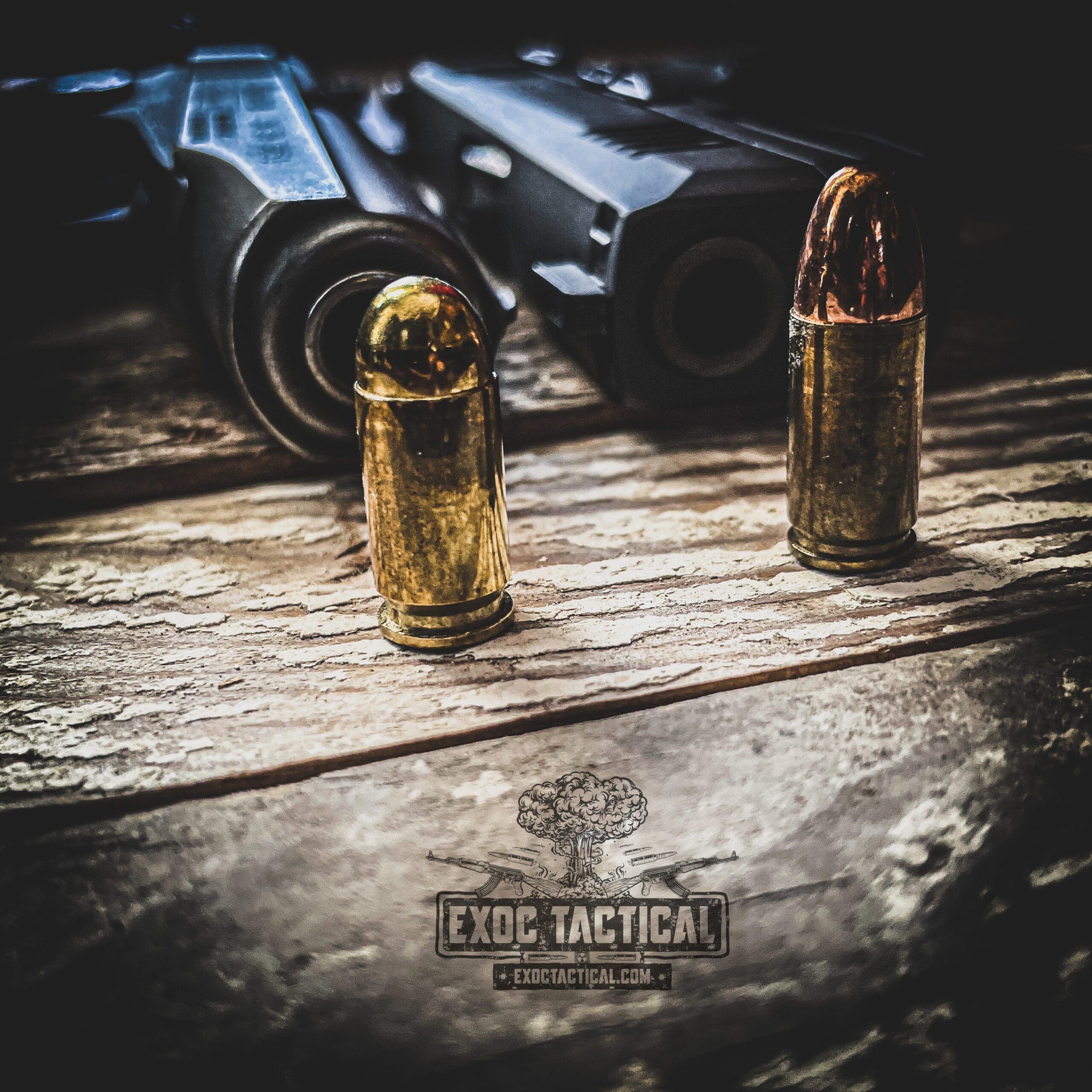

In short, you can’t shoot a 9×19 Luger round in a 9×18 Makarov and have it work properly. The two cartridges are not interchangeable- at all.
To explain in a bit more detail, the 9×19 Luger round will not fit in a 9×18 Makarov chamber and the Luger chamber cannot hold a Makarov round. (for the remainder of this answer, I’ll use the terms “Luger” and “Makarov ” interchangeably to avoid confusion!)
Hypothetically, even if you could get a Luger round into a Makarov chamber and pull the trigger, the pressures would be way too high (the Luger is capable of producing 35,000 psi whereas the Makarov can only produce 24100psi) and the firearm would most certainly explode-
like a pipe bomb- causing irreparable damage to the gun and potentially wounding or killing the person shooting it!
On the flip side, even if you could- hypothetically speaking- get a Makarov round to fit inside a Luger chamber and fire it, the bullet would become trapped and most likely damage the gun while causing an obstruction in the bore.
In reality, these hypotheticals are not even possible since the larger diameter of the Makarov bullet would not even fit in the Luger barrel because the Makarov bullet has a diameter of 9.27mm, whereas the Luger’s is just 9.03mm.
The Markov bullet would get caught in the Luger barrel due to its larger size. The Makarov cartridge, like the bullet, is also too fat. Both 9mm cartridges are tapered, but the Makarov tapers from 9.95mm to 9.916mm, whereas the Luger drops from 9.931mm to 9.680mm.
You might get the Makarov cartridge halfway down the Luger chamber, but it would stick out too far before being seated enough to lock the breach.
To have any chance of seating it deeply enough to close the breach, you’d need to persuade it with a swift blow of the hammer, which isn’t something anyone should attempt- ever!
As for the Luger case, it’s much too long to fit. The Makarov (9×18) has a length of 18.1mm, whereas the Luger (9×19) is 19.15mm long.
Even with the tapered case of the Luger, the breach of the Makarov is too short, and you couldn’t even hammer it in place.
9×18 vs 9×19 Conclusions
Which round is better? That’s a tough question to answer. They both have their pros and cons.
The 9×19 Luger cartridge is more powerful and has more stopping power than the 9×18 Makarov cartridge. However, the 9×18 Makarov cartridge is more compact and has a weaker recoil than the Luger round.
So, which round is best? It really depends on what you’re looking for in a cartridge. If you want more stopping power and don’t mind the extra recoil, then the 9×19 Luger cartridge is the best choice.
If you want a more compact cartridge with less recoil, then the 9×18 Makarov cartridge is the better choice. Ultimately, it’s up to you to decide which round is best for you but we’d be remiss if we didn’t pick a winner!
Let’s face it, there’s a lot of hating on anything Russian including Russian guns, Russian AKs, and Russian ammo because of their President’s actions.
Despite all of the mayhem going on, we’ll always love Russian guns and use whatever ammo we can get to shoot our beloved AKs and Makarovs and that will never change. We also love German firearms and ammo despite the sins of their past.
Having said that, we definitely don’t think the 9×18 Makarov cartridge is superior in any way to the German 9mm Luger.
Due to the wide range of handguns available that are chambered to shoot the most widely used self-defense cartridge ever made, not to mention the availability of ammo, ammo selection, and decent ammo prices, we’d have to go with the 9×19 Luger as our winner!
WINNER: 9X19 LUGER!
Our Favorite Defensive 9mm +P Ammo
Now that you know our winner, we’d like to show you some of our favorite CORBON defensive 9mm +P JHP ammo that we were fortunate enough to find in stock on Guns.com.
Check them out by clicking the link below and let us know what your favorite 9mm defensive carry ammo is in the comments below!
CORBON SELF DEFENSE 9MM+P GRAIN: 115 | FPS: 1350 | Count: 20
